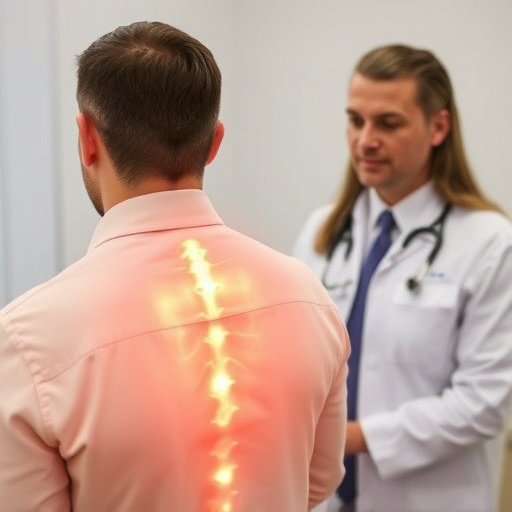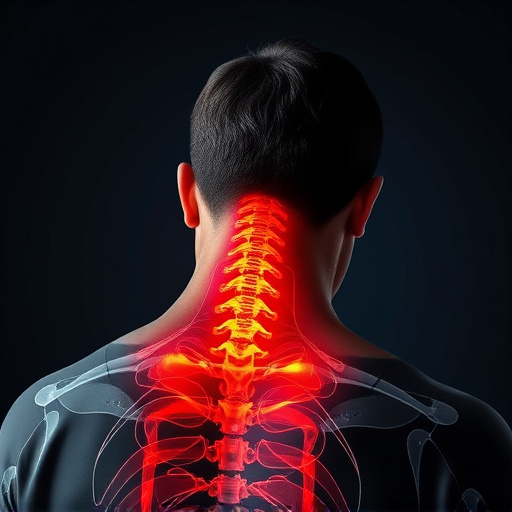Workers' Compensation is a legal framework designed to protect employees recovering from workplace injuries or illnesses. It ensures access to medical care and financial support while maintaining compliance with labor laws. The process begins with immediate first aid, prompt reporting, and authorized medical attention, followed by emotional support and clear communication. Comprehensive medical assessments are vital for personalized treatment plans, and physical therapy aids in restoring function. Psychological support addresses mental health impacts, and employee wellness programs provide counseling services. Collaborative planning facilitates a safe return to work tailored to individual needs, enhancing recovery and workforce productivity.
Workplace injuries can have significant impacts on employees’ lives, but comprehensive care through workers’ compensation programs ensures proper legal support and medical treatment. This article explores a holistic approach to managing workplace-related injuries, from immediate post-accident steps to long-term psychological support and return-to-work strategies. By understanding the legal framework of workers’ compensation and implementing effective care practices, organizations can facilitate quicker recovery and enhance employee well-being.
- Understanding Workers' Compensation: A Legal Framework for Injury Care
- Immediate Steps After a Workplace Accident: Ensuring Adequate Treatment
- Comprehensive Medical Assessment and Diagnosis for Effective Injury Management
- Physical Therapy and Rehabilitation: Restoring Functionality and Strengthening Recovery
- Psychological Support and Employee Wellness Programs for Long-Term Healing
- Return to Work Strategies: Facilitating a Smooth Transition Back to the Job Site
Understanding Workers' Compensation: A Legal Framework for Injury Care

Workers’ Compensation is a legal framework designed to protect employees in the event of workplace-related injuries or illnesses. It provides a structured system for ensuring that injured workers receive necessary medical care and financial support during their recovery. This system is crucial in facilitating a smooth transition back into the workforce, as it offers comprehensive injury care tailored to each individual’s needs.
Understanding the mechanics of Workers’ Compensation is essential for both employers and employees. It involves a series of steps, including reporting injuries promptly, seeking medical attention from authorized providers, and collaborating with insurance companies to ensure coverage for treatment costs and potential wage replacement. This legal framework not only guarantees access to quality healthcare but also streamlines the process, enabling workers to focus on healing while employers maintain compliance with labor laws.
Immediate Steps After a Workplace Accident: Ensuring Adequate Treatment

After a workplace accident, the immediate steps taken can significantly impact the recovery and outcome for the injured worker. The first step is to ensure their safety—removing them from harm’s way and providing any necessary first aid. This could mean stopping bleeding, setting broken bones, or administering basic life support until professional help arrives.
Next, it’s crucial to report the incident promptly to a supervisor or manager. Many workplaces have established protocols for handling such situations, including filing an accident report. Simultaneously, offering emotional support and ensuring clear communication about the next steps in workers compensation injury care is vital. This includes assisting with accessing medical services, explaining rights and benefits related to worker’s compensation, and providing guidance on any necessary follow-up treatments or appointments.
Comprehensive Medical Assessment and Diagnosis for Effective Injury Management

A comprehensive medical assessment is the cornerstone of effective workplace injury management. When an employee suffers an injury related to their job, a thorough evaluation by healthcare professionals is crucial. This process involves not only identifying the physical damage but also understanding its impact on the worker’s overall health and daily functioning. A detailed diagnosis enables doctors to devise personalized treatment plans, ensuring workers receive tailored care for their specific injuries.
The assessment should consider various factors, including the nature of the workplace accident, the injured body parts, and any pre-existing conditions. By incorporating these elements into the diagnosis, medical teams can offer targeted interventions. This approach is essential in managing worker’s compensation injuries, as it facilitates a smoother transition back to work while minimizing potential long-term effects.
Physical Therapy and Rehabilitation: Restoring Functionality and Strengthening Recovery

Physical therapy plays a pivotal role in comprehensive workplace-related injury care, focusing on restoring functionality and strengthening recovery. Following an occupational accident, specialized therapists design individualized treatment plans that target specific areas affected by the injury. These programs often include exercises to improve mobility, strength training to rebuild muscle strength, and pain management techniques to enhance overall well-being. By incorporating advanced therapeutic modalities, such as manual therapy, electrical stimulation, and therapeutic massage, physical therapy accelerates healing and empowers workers to regain their full range of motion and independence.
Rehabilitation extends beyond physical restoration; it aims to prepare individuals for a successful return to the workforce. Therapists collaborate closely with patients to understand their job requirements and tailor exercises and strategies accordingly. This targeted approach ensures that workers develop the necessary skills and resilience to perform their duties safely and effectively, reducing the risk of future workplace injuries. Moreover, rehabilitation programs often include education on injury prevention, ergonomic principles, and work-related conditioning to foster a culture of proactive safety within organizations.
Psychological Support and Employee Wellness Programs for Long-Term Healing

Psychological support is an integral component of comprehensive care for workplace-related injuries, often overlooked but equally as important as physical treatment. Workers compensation injury care isn’t just about healing broken bodies; it’s about nurturing minds and spirits too. Long-term healing involves addressing the psychological impact that such incidents can have on employees, which may include stress, anxiety, depression, or post-traumatic stress disorder (PTSD). Employee wellness programs play a pivotal role here by offering counseling services, mental health awareness workshops, and peer support groups to create a safe space for open dialogue and emotional processing.
These programs aim to foster an environment where employees feel valued, supported, and understood, ultimately enhancing their ability to cope with challenges and return to work. By integrating psychological support into workers compensation care, organizations can ensure that employees receive holistic treatment, promoting not just physical recovery but also mental resilience. This long-term approach not only benefits individuals but also contributes to a healthier, more productive workforce.
Return to Work Strategies: Facilitating a Smooth Transition Back to the Job Site

Returning to work after a workplace-related injury can be a challenging transition, but implementing effective strategies can make this process smoother and more successful. One key approach is collaborative planning between the injured worker, healthcare providers, and employers. This involves creating a tailored reintegration plan that considers the worker’s capabilities, limitations, and job requirements. Regular communication is vital; keeping all parties informed ensures a supportive environment and minimizes potential barriers when returning to the job site.
Healthcare professionals play a significant role in guiding workers through this transition. They can provide clear guidance on physical or cognitive restrictions, offer strategies for managing pain or disability, and suggest accommodations needed at the workplace. Additionally, they can facilitate conversations between employees and employers, ensuring a mutual understanding of expectations and available resources within the framework of workers compensation injury care.














